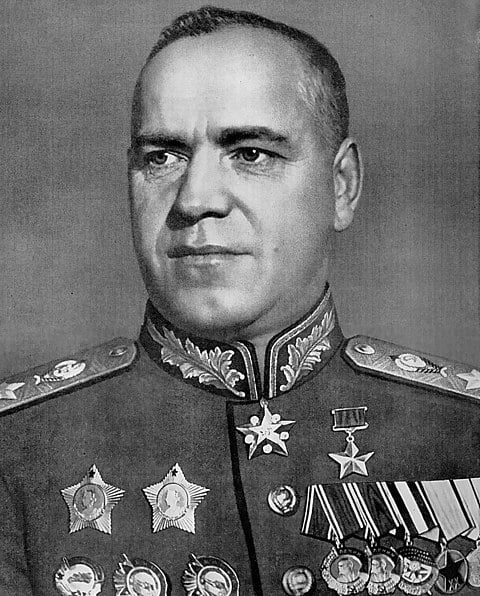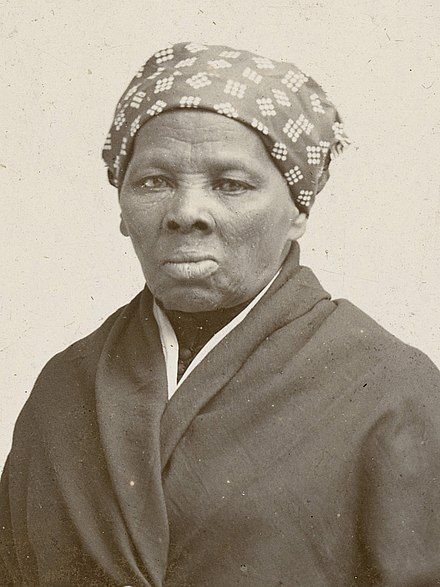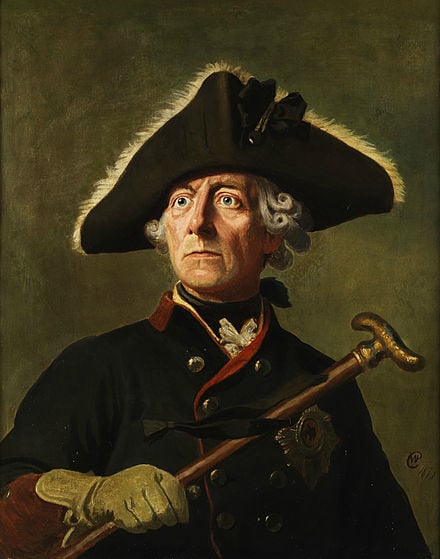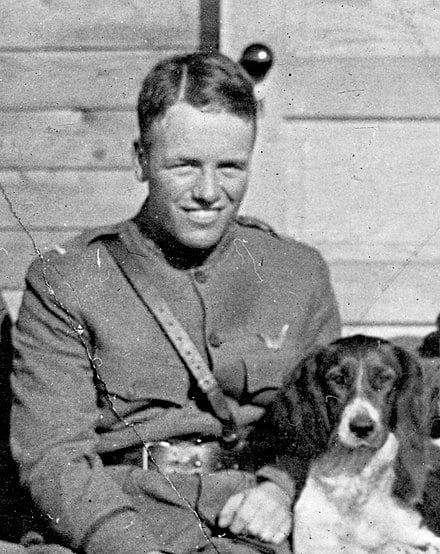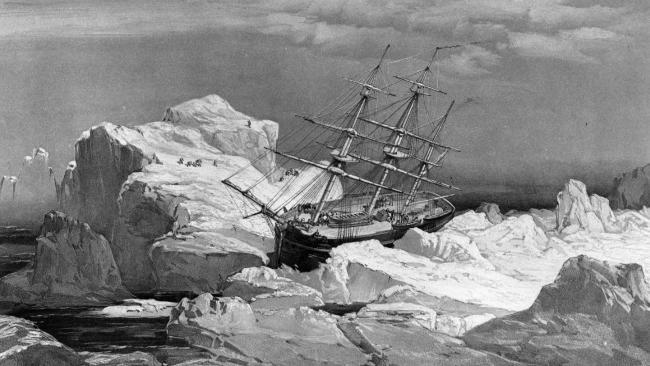Meet King Tut’s dagger, which was found in his tomb and is believed to have been made from iron from a meteor. At the time of King Tut, iron smelting was rare and the iron would have been worth more than gold.
Tutankhamun’s meteoric iron dagger Tutankhamun’s iron dagger blade and ornamental gold sheath Tutankhamun’s iron dagger is an iron dagger originally discovered in 1925 in Tutankhamun’s 14th century BC King’s Valley tomb by archaeologist Howard Carter. The dagger is of meteorite origin. It closely correlates with meteoric composition, including homogeneity. The dagger is currently displayed at […]

